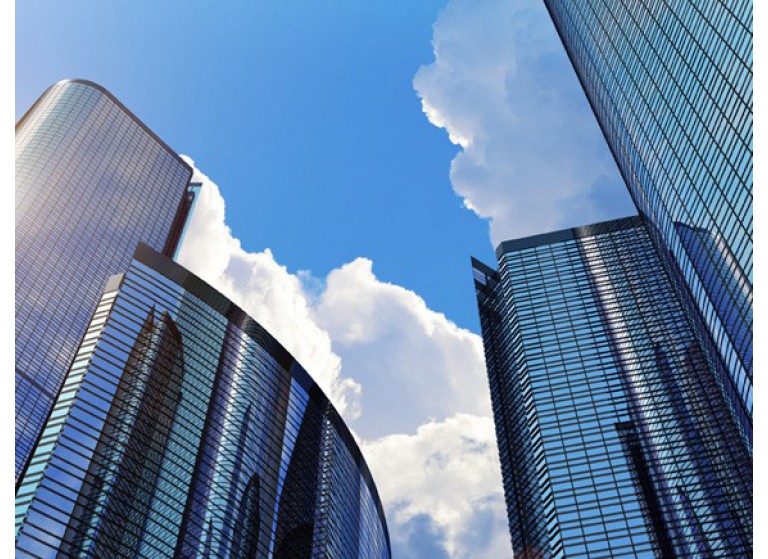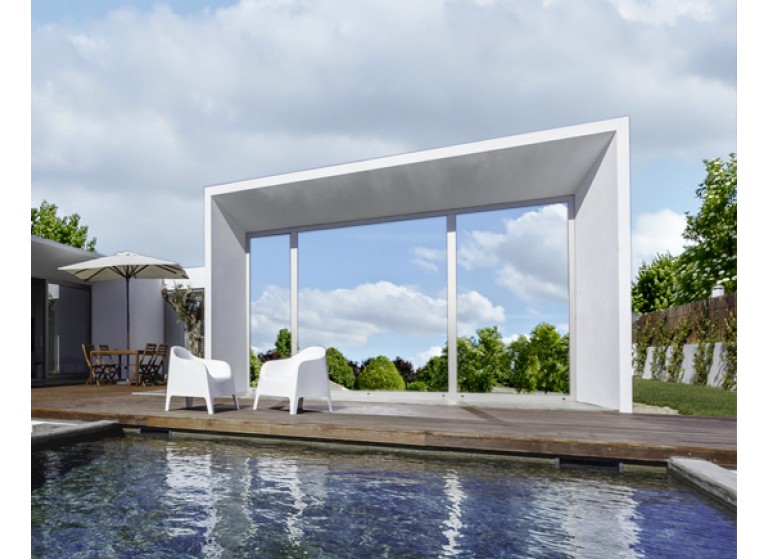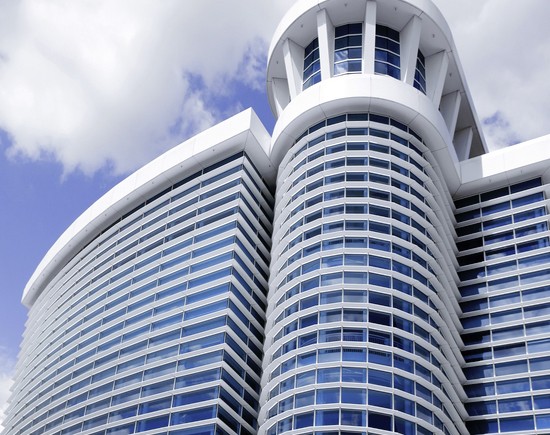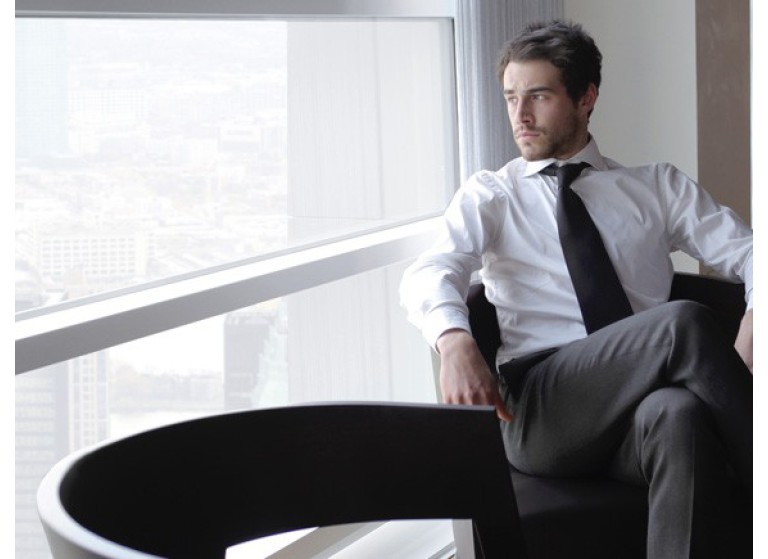Heat Reduction
If you're looking to beat the heat while still enjoying a clear view and a touch of sophistication, heat reduction window tint film is the answer you've been searching for.

Very Light Tint
Spectrally selective films which reduce heat but are very light in appearance.
Shop Now ›Heat Reduction Window Tint Film: Keeping You Cool in Style
If you're looking to beat the heat while still enjoying a clear view and a touch of sophistication, heat reduction window tint film is the answer you've been searching for. At Tintfit Window Films, we offer an extensive range of high-quality heat reduction window films that not only provide exceptional thermal control but also elevate the aesthetics of your spaces. Our films can reduce heat entering a building via a window by as much as 91% and are often used as an alternative to installing air conditioning.
Buy Heat Reduction Window Film: Enhance Comfort, Protect Interiors
Investing in heat reduction window film is a wise decision to improve your living or working environment. With our premium selection, you can experience reduced heat and glare, making your space more comfortable and energy-efficient. Additionally, the UV protection properties of our window films shield your furniture, flooring, and valuable possessions from fading or damage caused by harmful UV rays.
Benefits of Thermal Window Film: More Than Just Heat Reduction
Heat reduction window film offers a host of benefits beyond its primary function.
Some key advantages include:
Energy Efficiency: By reducing heat penetration, window films assist in maintaining a consistent indoor temperature, leading to lower energy consumption and reduced utility bills.
Glare Reduction: Say goodbye to annoying glare on your screens and surfaces, creating a more comfortable environment for work or relaxation.
Privacy Enhancement: Certain window films provide increased privacy by obscuring the view from the outside, without compromising natural light.
Safety and Security: Thick, shatter-resistant window films add an extra layer of protection against break-ins and accidents, holding shattered glass together.
Types of Heat Blocking Window Film: Find Your Perfect Match
Mirrored Window Film: Ideal for those seeking daytime privacy, this film creates a reflective surface on the exterior while allowing clear visibility from the inside. Available in various shades with different percentages of tinting, such as 20%, 30%, and 50%.
Colored Mirrored Window Film: Combining the benefits of mirrored film with a touch of colour, this option adds a unique aesthetic to your windows. Choose from shades like bronze, blue, or green, all with different levels of heat reduction.
Natural Window Film: This film provides a more subtle and neutral appearance, maintaining a clear view while blocking a significant amount of heat. Available in various light transmission percentages, including 22%, 43%, 49% and 50%.
Very Light Tint Window Film: offers a delicate balance between sunlight and heat reduction. With higher light transmission (62% to 78%), it keeps interiors bright while blocking excess heat. Ideal for spaces valuing natural light.
How to Choose the Right Window Film for Sun Protection
Selecting the perfect heat reduction window film involves considering several essential factors:
Sunlight Exposure: Evaluate the amount of sunlight your windows receive during the day to determine the level of heat reduction required.
Aesthetic Preferences: Decide whether you prefer a mirrored, coloured, or natural window film to complement the architectural style of your space.
Privacy Needs: Consider the level of privacy you desire, as some films offer greater privacy than others.
Visible Light Transmission (VLT): Different VLT percentages indicate the amount of light the film allows to pass through, affecting the overall brightness of your interiors.
UV Protection: Ensure the selected film provides effective UV protection to safeguard your interiors and occupants.
Ideal Spaces for Heat Reduction Window Film: Stay Cool Anywhere
Our heat reduction window film is the perfect solution for multiple settings, including:
Residential Properties: Keep your home cool and comfortable during scorching summers with our high-performance window films.
Automotive: Protect yourself and your passengers from the sun's intense rays while cruising in style.
Commercial Buildings: Create a more productive and pleasant workspace for employees and visitors alike with effective heat reduction.
Conservatories: Keep your sunrooms and conservatories cooler, allowing you to enjoy the space year-round without excessive heat.
Tips for Caring for Your Heat Reduction Window Film
To ensure longevity and maximum performance, follow these maintenance tips:
Use Gentle Cleaning Solutions: Avoid harsh chemicals and abrasive materials when cleaning the film; stick to mild, non-ammonia-based solutions.
Soft Cloths Only: Use soft microfiber or cotton cloths to wipe the film gently and avoid scratches.
Patience is Key: Allow newly installed films to cure properly before cleaning or rolling down the windows.
Heat Reduction Tint Installation: Expert or DIY?
Window film is reasonably easy to install as a DIY project, just take your time and follow the detailed fitting instructions we provide to achieve a great finished product.
Professional installation ensures a flawless finish, eliminating the risk of air bubbles or misalignment.
Why Choose Us for Heat Reduction Window Film
At Tintfit, we take immense pride in offering the lowest prices for Heat Reduction Window Film in the UK. Our commitment to providing top-quality products at affordable rates sets us apart from the rest. When you choose us, you get the best value for your investment without compromising on the excellence of our products and services.
Heat reduction window film is a fantastic investment to create a comfortable, energy-efficient, and stylish living or working space. With the array of options available at Tintfit, you can find the perfect window film to suit your needs and preferences.
-
The window tint film designed to block heat is commonly referred to as "heat rejection" or "solar control" window film. This specialised film is engineered to minimise the transmission of solar energy through windows, thereby reducing the amount of heat entering a building or vehicle. The film achieves this by incorporating advanced technologies, such as the use of metallic or ceramic particles that selectively absorb or reflect solar radiation.
Key features of window tint films for heat blockage include:
Infrared Rejection: The film is designed to block a significant portion of infrared (IR) rays, which are responsible for transmitting heat. This helps maintain a cooler indoor environment.
UV Protection: In addition to blocking heat, quality window tint films provide effective protection against harmful ultraviolet (UV) rays. UV radiation not only contributes to heat but can also cause fading and damage to interior furnishings.
Visible Light Transmission (VLT): Despite reducing heat, these films often maintain a high level of visible light transmission, ensuring that natural light is still able to illuminate the space.
Non-Metallic Options: While some films use metallic elements for heat rejection, non-metallic options are also available for those who want to avoid interference with electronic signals.
Choosing the right window tint film for heat blocking depends on factors such as climate, aesthetic preferences, and specific performance requirements. Professional installation ensures optimal effectiveness and longevity of the window tint film.
-
Yes, investing in heat rejection tint can be worth it for several reasons, depending on specific needs and circumstances:
Energy Efficiency: Heat rejection tint significantly reduces the amount of solar heat entering a building or vehicle, contributing to energy efficiency. This can lead to lower cooling costs in warm climates, making it a cost-effective long-term investment.
Comfort: By blocking a substantial portion of infrared (IR) rays, heat rejection tint creates a more comfortable indoor environment. This is particularly beneficial in areas with intense sunlight and high temperatures.
UV Protection: Quality heat rejection tints often come with built-in UV protection, blocking harmful ultraviolet (UV) rays. This not only helps in preventing skin damage but also protects interior furnishings from fading and deterioration.
Preservation of Interiors: The reduction of heat and UV radiation helps extend the lifespan of interior furnishings, such as furniture, flooring, and artwork, by minimising the impact of solar-related damage.
Glare Reduction: Heat rejection tints also contribute to reducing glare caused by intense sunlight, creating a more visually comfortable space, especially in offices, homes, or vehicles.
Privacy Options: Some heat rejection films offer additional privacy by limiting the visibility from the outside while maintaining clear views from the inside.
While the initial cost of installing heat rejection tint may be higher, the long-term benefits, including energy savings, increased comfort, and preservation of interiors, often make it a worthwhile investment for many property owners. Professional installation is recommended to ensure optimal performance and longevity.
-
Yes, window film can contribute to maintaining a cooler room temperature by providing several key benefits. High-quality window films, particularly those designed to reduce solar heat gain, offer the following advantages:
Solar Heat Rejection: Specialised window films are designed to reject a significant portion of solar heat, preventing it from entering the interior space. This helps in reducing the overall temperature inside the room.
UV Ray Blockage: Window films often include UV-blocking properties, preventing harmful ultraviolet rays from entering the room. This not only helps in protecting furnishings and interior surfaces from fading but also contributes to a cooler environment.
Glare Reduction: Window films can effectively minimise glare caused by direct sunlight. By reducing glare, they create a more comfortable indoor environment, particularly in spaces with electronic screens and sensitive equipment.
Insulation: Some window films provide a degree of insulation by trapping a layer of air between the film and the glass. This insulation helps in preventing heat transfer, thereby contributing to a cooler room during warm weather.
Energy Efficiency: By reducing the need for excessive air conditioning, window films can contribute to overall energy efficiency. This is particularly relevant in commercial settings, where energy savings can have a significant impact on operational costs.
However, it's important to note that the effectiveness of window film in keeping a room cool depends on various factors, including the quality of the film, the type of glass, and the climate. Additionally, while window films can contribute to temperature control, they are not a sole solution, and other factors such as proper insulation and efficient HVAC systems also play crucial roles.
When strategically selected and installed, window films can be a valuable component of a comprehensive approach to maintaining a cooler room temperature while offering additional benefits such as UV protection and glare reduction.


